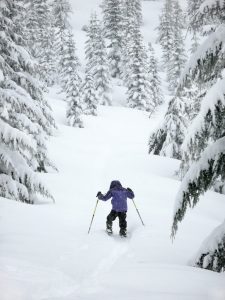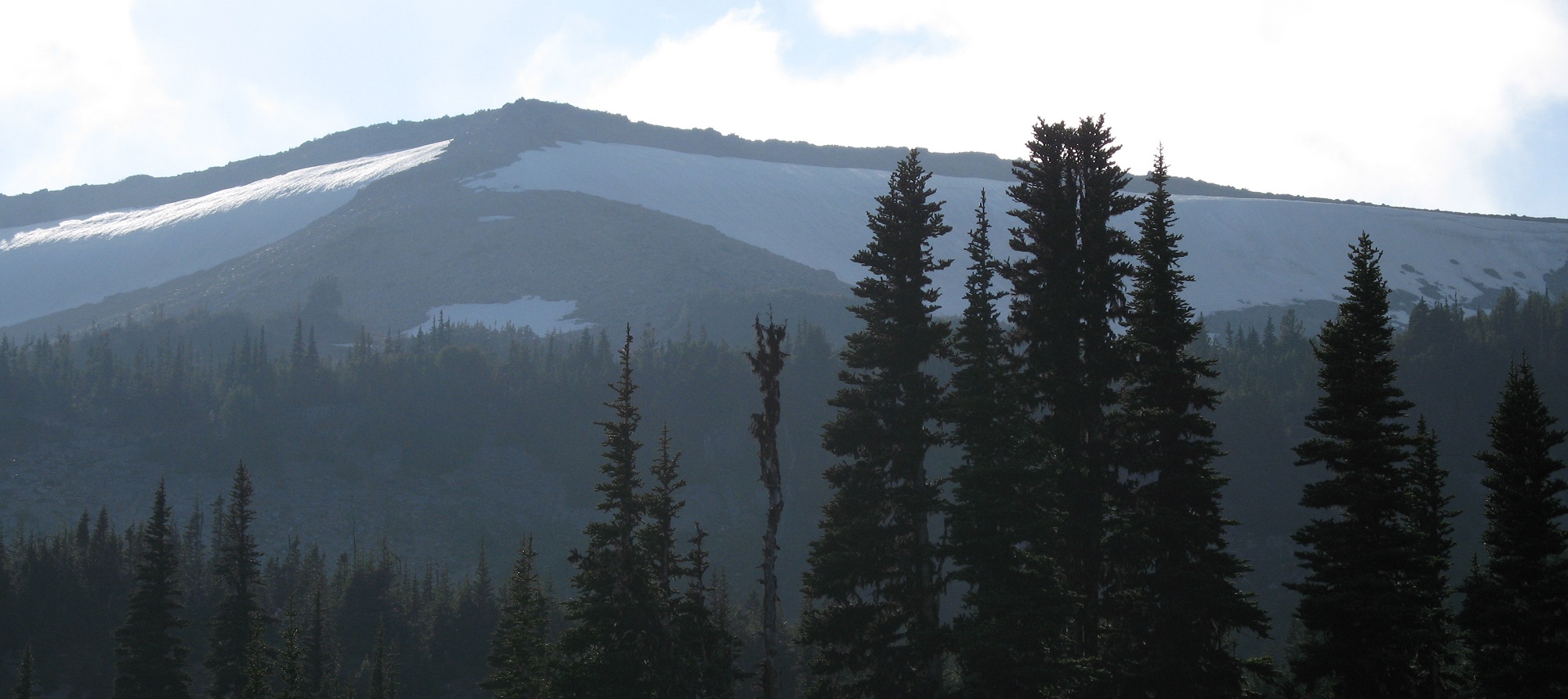Early Winter
December 22 to February 1
Darkness begins with the longest night of the year, celebrated as Yule, St. Lucia, Shab-e Yalda, Shalako, Toji, or Dongzhi, not to mention the adoption of the season by early Christians. Someone built Stonehenge to mark sunset on this beginning of the longest night. The Darkness ends with the first signs of life, sometime around Brigid’s Day, also called Imbolc or Candlemas. The Lunar New Year is near.
All summer warmth has left the ground, and clear days freeze the earth. The cyclonic storm cycles continue to roll in. Snow covers the foothills and mountains. As day-length increases life waits.
Wild Creatures and Wildcraft

The salmon runs are finished, and eggs gestate in gravel and cobble. Their greatest threat is from floods that can scour the nests. Gestation is driven by temperature.
With a blanket of snow on the ground, the high country opens up to back-country skiers, snowmobiles, and snow shoes. Rabbits and chipmunks skip across the snow in sunny weather, moving among warrens and seed caches. Bears sleep.
Timber is traditionally harvested in winter when the sap is down, drying is slow, and the fungi are asleep. Controlling the rate of drying produces sound wood without checking.
REVegetation

The planting continues, as long as the ground remains unfrozen. With the delivery of bare root stock and cuttings at the end of Frost, large projects start to go into the ground. Work stops when the ground freezes, unless there is deep mulch for insulation.
deep insulating mulch. Rubber suits and broad hats are still in fashion. Insulated gloves give comfort to fingers that can stay cold, even when the body is warm from work.
As the increase in day length accelerates, some enthusiastic shrubs start to break their buds. Elderberry and indian plum are often the first. A clear warning: get everything in the ground.
THE Garden
Eliot Coleman calls darkness this the “Persephone season”, when the daughter of spring has been dragged into the underworld and nothing grows. Even if you can keep the soil from freezing, there is no light. This is the starvation time, before any spring shoots. A hard freeze can turn roots to jelly. In a bad year Rosemary, Figs, Artichokes and other tender perennials are vulnerable.
The end of The Darkness is the return of life to the earth. Seed catalogs arrive in the mail. Adventurous gardeners start their earliest transplants on kitchen counters or in heated greenhouses. Garlic shoots and tulips poke through mulch. Often somewhere amidst the rain and frozen ground, we get a mid-winter clearing, long enough to get a jump on bed preparation by turning under some cover crops.
Earthworks, Construction and Hazards
The flood season continues, with even colder rains. The snow level fluctes up and down the mountains. If a heavy rain coincides with a rising snow level there is the potential for a deluge. The difference between life-as-usual and a flood can be the sequence in which storm cells dump their loads in headwaters, such that the peak flows of two tributaries are synchronized into a 50-year flood. As the climate warms, the flood season will shift earlier, and snowfields will become unstable. In high mountain rivers, there is a second peak of flows in spring when the snow melt makes freshets. In our future rivers, the snow and rain will come together in The Darkness with torrents like we’ve never seen.
Politics and Government
The new year signals the beginning of the legislative season. New officials are sworn in, and all the preparations of fall are rewarded with committee meetings, information requests, and program fire drills. Tour buses bring targeted testimonials to the capital. At the state, first come the new laws that shape the purposes of government, and then wrangling over the operating budget to pay for it all, and finally the competition over the parsing of the capital budget, with the size of the biennial pie based on the cycles of bond maturity, and the borrowing limits of the state.
Previous: Frost
Next: Budswell
This post is part of a standing body of work to capture the seasonal nature of our lives, and how they might apply to the work of the Ecosystem Guild and Restoration Camping.


